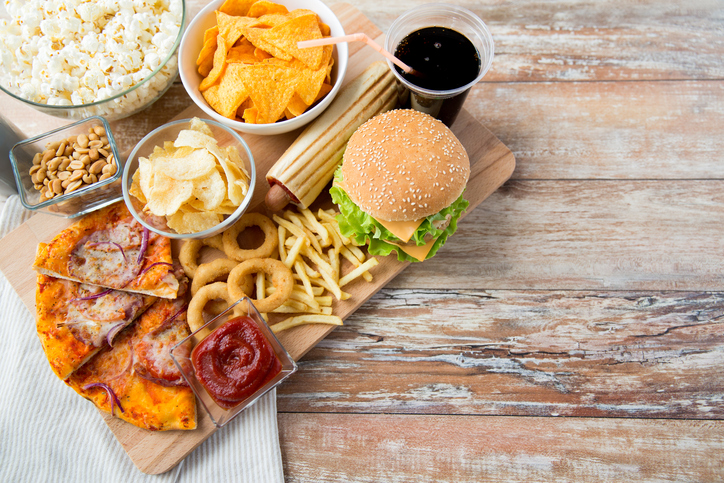
Trans fats, health’s enemies
Trans fats are fatty acids that contain no nutrients. Their only effect on the body is negative.
Fats and lipids are essential nutrients for the body. They are an important source of energy, regenerating and preserving stem cells that also enable us to assimilate essential vitamins. However, not all fats are good for your health.
Trans fatty acids, otherwise known as “trans fats’ are created by adding hydrogen to liquid oil, which turns it into a solid fat. This process is called hydrogenation and is used to lengthen the time of useful life of food, however, it causes lipids acids (which promote proper blood circulation, such as omega-3) to become saturated. The food industry has been using this procedure for manufacturing numerous products for years, since it improves their appearance, texture and flavour and lengthens shelf life.
Although these fats occur naturally in small quantities in some foods, such as milk, butter, pork, and lamb, these days, most “trans fats” are found in industrial products made with partially hydrogenated vegetable oils, such as industrial baked goods, fast food and chips.
Health recommendations
The Food and Agriculture Organization of the United Nations (FAO) and the European Food Safety Authority (EFSA) say that consumption of these fatty acids increases the risk of developing coronary heart disease (coronary artery), cardiovascular problems, obesity, and diabetes.
There is also scientific evidence indicating that consumption of trans fats increases LDL or bad cholesterol and decreases HDL or good cholesterol, as well as causing memory loss, hypertension and depression.
That is why that the World Health Organization says that trans fats should account for no more than 1% of the calories you consume every day.
Which foods contain “bad” fats?
Trans fats are invisible, they are hidden in processed foods. The best way to identify them is to read the label and look for “partially hydrogenated fats or oils”.
- Frozen sweets, cakes, pastries baked: trans fats are added to hydrogen atoms to make them lighter and less greasy. It is preferable to replace these snacks with fruit, which contains fewer calories and is healthier.
- Microwave popcorn: trans fats are commonly used to prepare these so that they last longer. Nutritionists recommend you make them traditional way to prepare, using corn and olive oil.
- Pizzas and some frozen products: many of these are to give them a longer shelf life. Although not all refrigerated contain trans fats, it is better to buy fresh products.
- Margarine: Many of the margarines available today do not contain trans fats, and use a mixture of fully hydrogenated vegetable fats and oil. However, you will still find them in many everyday margarines. New generation margarines, soft margarines, are low in fat and do not contain trans fats, contain saturated fats and more unsaturated fats.
- Coffee creamers: there are less harmful substitutes that do not contain these types of industrial oils. There are also alternatives such as milk or skimmed milk drinks, as well as vegetable drinks made from plants like soy or oats.
- Ready-to-use icing: these are used a lot in baking, as they are solid and stable, to decorate cakes and cupcakes. The healthiest way is to make them at home with sugar, butter, milk and vanilla.
- Snacks and savoury snacks: replace crisps and biscuits for natural dried fruit and nuts or snacks such as cooked vegetables or olives. Stay away from packet soups and processed food and opt for a Mediterranean diet rich in fish, lean meat, olive oil, fruits, vegetables and pulses.
Our bodies do not need trans fats to function, and they are bad for us. The more fresh, perishable foods and the fewer industrialised, processed products we consume, the better our quality of life.
If you eat well today, your body will thank you tomorrow.
This post is also available in: Italian
